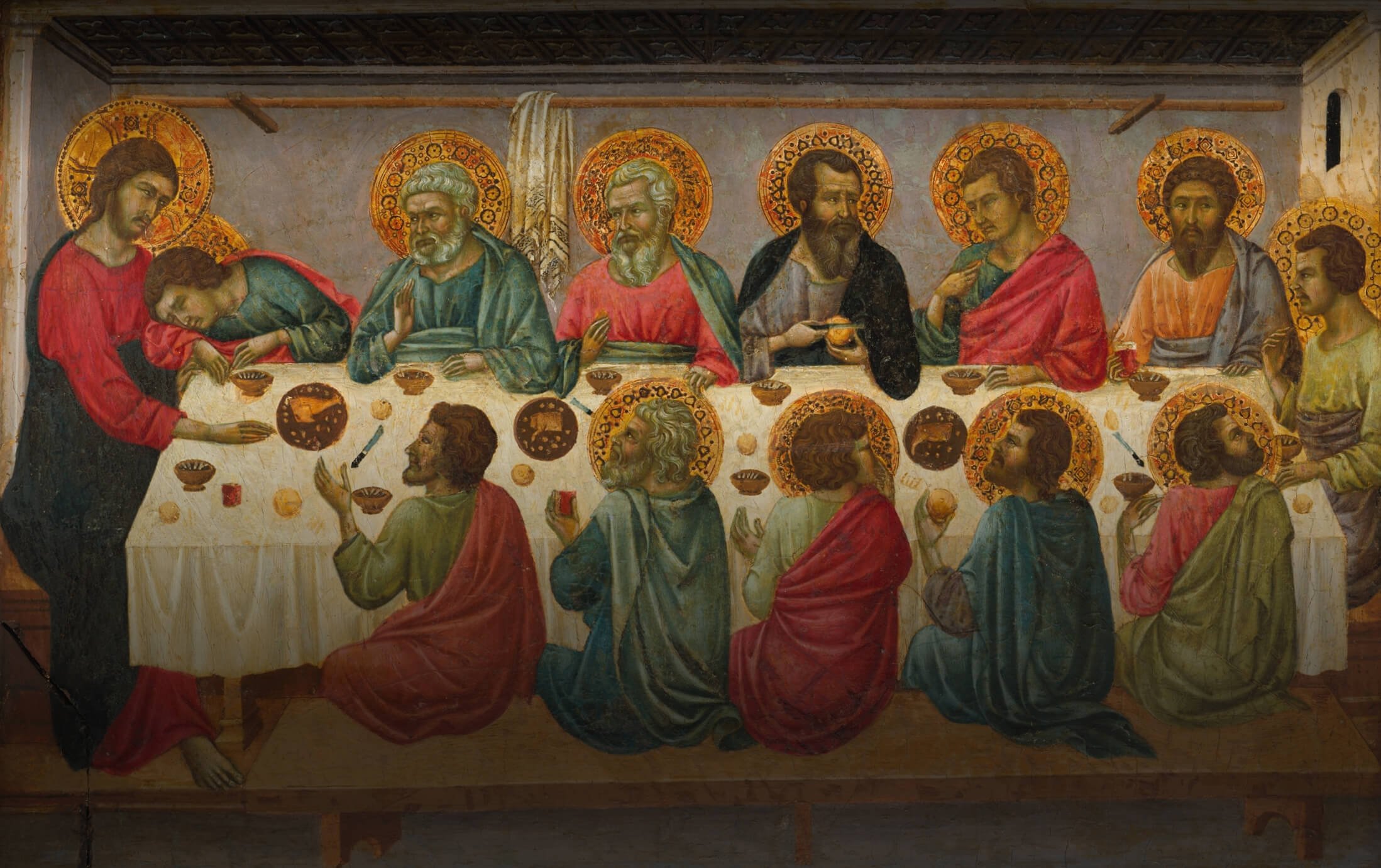
Worship
How we worship shapes what we believe.
Lex Orandi, Lex Credendi
St. John’s is rooted in the rich theological traditions and sacramental life of the historic Anglican Communion. We thus seek to embody the ethos of lex orandi, lex credendi—the way we worship shapes what we believe. St. John’s offers a spiritual home where the sacraments are not mere rites but real encounters with the grace of God, nurturing believers in their pilgrimage of faith.
The worship at St. John’s blends reverence, liturgical richness, and spiritual depth. Rooted in the historic Anglican liturgy, it draws upon the timeless beauty of the Book of Common Prayer, emphasizing the sacramental and scriptural heart of Christian worship. The service is characterized by solemn or joyful hymns, profound prayers, and the proclamation of Scripture, culminating in the Eucharistic celebration or Morning Prayer. Gestures such as bowing, kneeling, and making the sign of the cross enhance the sacramental experience, connecting worshipers to the mystery of God’s presence.

I believe there is no liturgy in the world, either in ancient or modern language, which breathes more of a solid, scriptural, rational piety, than the Common Prayer of the Church of England.
— Rev. John Wesley
Sacraments
Baptism
Holy Baptism is the sacrament through which one is fully initiated into the Christian Church, united with Jesus Christ, and joined to the fellowship of all believers. For those interested in Baptism, please contact a member of the clergy for guidance.
Communion
All baptized Christians are welcome to partake in the bread and wine of Holy Communion. The first reception of Communion is a significant spiritual milestone.
Confirmation
Confirmation is the sacrament where individuals make a public affirmation of faith and commit to God's work within them. Confirmation instruction is offered periodically upon request. Please speak with a clergy member or liturgist if you wish to be confirmed.
Anointing
The sacrament of anointing with oil is often paired with prayers for healing and the laying on of hands, symbolizing God’s active presence for healing, initiation, or ordination. Newly baptized individuals may be anointed with oil, signifying their sealing by the Holy Spirit and their identity as Christ's own forever.
Matrimony
Holy Matrimony is a sacrament that fosters spiritual growth through the shared Christian life of a couple. Couples seeking marriage at St. John’s are expected to attend Sunday worship regularly. For further details or to begin the process, contact a member of the clergy.
Holy Orders
Holy Orders encompass the ordained ministries of bishops, priests, and deacons. These roles are conferred through prayer and the laying on of episcopal hands.
Reconciliation
The Sacrament of Reconciliation invites Christians to confess their sins, receive absolution, and experience the renewing consolation of the Holy Spirit. This sacrament is a vital expression of our call to regular repentance.
